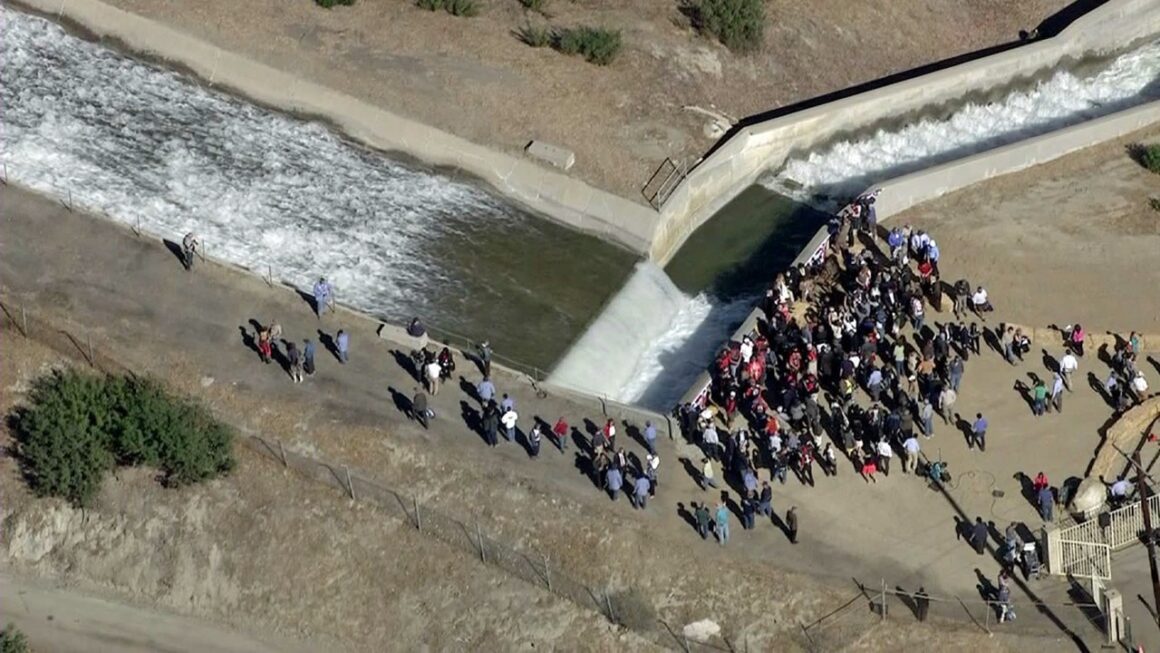Water is essential to human survival—60 percent of the human body is water—fruit is, on average, 87 percent water; and vegetables average over 90 percent according to the University of Kentucky’s 1997 report “Water Content of Fruits and Vegetables.” Every food source requires water to grow: fruits, vegetables, nuts grains, and even meat, fish, and poultry. That’s not to mention the 6 glasses of water recommended for human consumption by Harvard Medical School’s 2015 Harvard Health Letter. After four years of drought, California’s cities, particularly Los Angeles, are facing the grim reality that current water usage is not sustainable.
Drought and the threat of water shortage are not the only water concerns facing Los Angeles and other California coastal cities. Sea level rise and flooding, saltwater infiltration, loss of habitats, and flash flooding are also looming threats.
The history of water in Los Angeles is germane to any discussion about the critical nature of our water crisis and possible solutions.
The San Diego Climate Action Plan, The California Adaptation Advisory Panel, The City of San Diego Climate Action Plan, The USC Sea Grant Program, and many others have identified sea level rise as a pressing threat. The State of California is concerned enough that it has mandated that all state-owned coastal development be flood resistant to a 60” rise. Southland communities, including Marina del Rey, Malibu, and the San Pedro / Long Beach port area are particularly susceptible to sea level rise, according to Alyssa Newton Mann at the University of Southern California Sea Grant. Her assessment is that even when advance preparation is made for infrastructure like port births, access roads, and other city infrastructure may still be vulnerable and render the port’s preparations moot.
The history of water in Los Angeles is germane to any discussion about the critical nature of our water crisis and possible solutions. The LA River provided enough water for El Pueblo de Nuestra Señora la Reina de los Ángeles de Porciúncula; but, by 1900, then renamed Los Angeles’ 319,000 residents were all the city’s constrained water supply could hold. As the head of the Bureau of Water Works and Supply (now the DWP) William Mulholland secured enough water to support LA’s incredible growth over the next century. During this time, the Army Core of Engineers addressed the problem of periodic flooding and course change associated with the LA River. Their solution was to create a paved channel through the city, which could efficiently move storm runoff to the ocean as quickly as possible. The result is a city that is mostly dependent upon piped-in water and at once, incapable of capturing its own rainfall when it occurs.
To achieve water sustainability, Los Angeles must reduce its dependence on foreign water by significantly cutting use and capturing its own precipitation when it falls.

